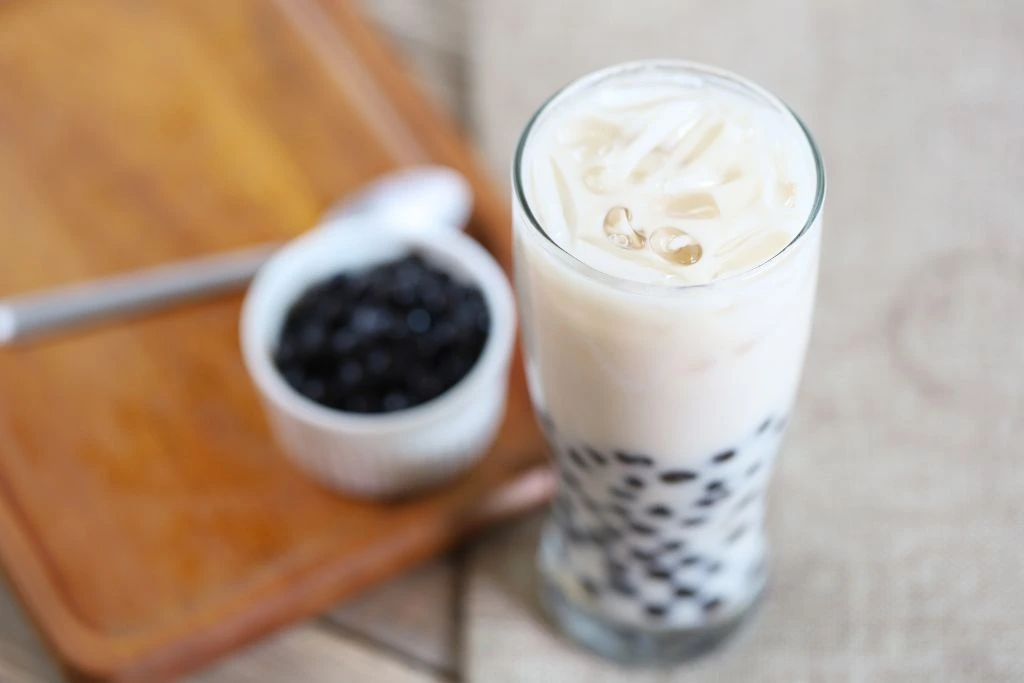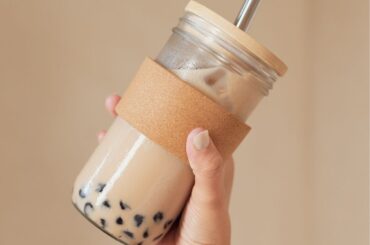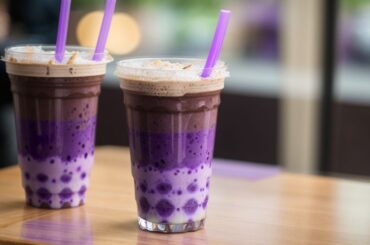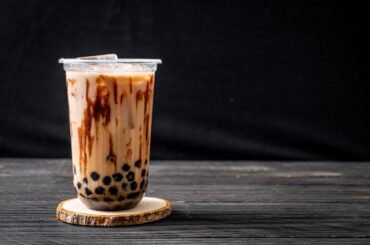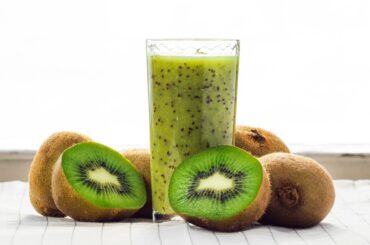When you browse milk tea recipes, you’ve probably stumbled upon an oolong milk tea review that details how this particular flavor brings in a classic yet refreshing take on beverages. An oolong boba tea is among the most requested in tea shops, and for a good reason! Oolong milk tea is rich not only in flavor but in history, as well.
Ready to learn more about this tea flavor that originated in Taiwan? We’ll provide you with the best oolong milk tea recipe you can easily make at home, along with some information about oolong tea.
What Is Oolong Milk Tea?
Oolong milk tea is an excellent tea made from partial oxidation of the tea plant. The most commonly used is Camellia sinensis, but oolong tea can also be derived from different plant varieties. The oolong milk tea comes to life when these partially oxidized tea leaves are steeped and mixed with milk to bring out its rich, creamy flavor.
History of Oolong Tea
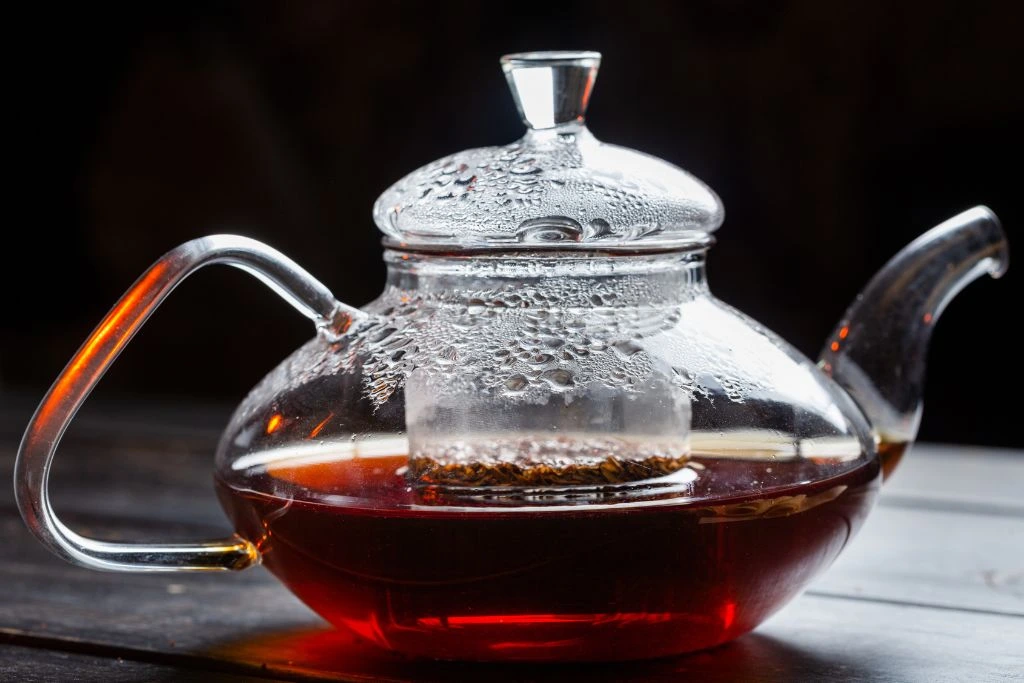
Oolong tea originally came from China, where many of its regions grew these plants and adopted local tea-making traditions. The most famous region where oolong tea came from is the Wuyi Mountain in Fujian Province. It was first exported to North America and Europe in the late 1800s.
When many of the locals in Fujian Province moved to Taiwan, they brought with them their tea traditions. Taiwan pioneered the modernized processing of teas, allowing them to become globally known as the country that specialized in producing oolong tea.
Different Types of Oolong Tea
Oolong tea has many different types, but the most common are the following:
Phoenix Oolong Tea
This oolong tea type originates from the Phoenix Mountains of Guangdong, China. It’s famous for its full-bodied aroma that’s rich and fragrant. It’s also known for its natural flavors.
Tie Guan Yin (Iron Goddess of Mercy) Oolong Tea
Many recommend this oolong tea type grown in the Fujian Province’s mountainous areas for beginners, particularly if they want an oolong tea that boasts a floral, airy, and light flavor. Some even say its taste is similar to that of an orchid! This light oolong tea is roasted slowly for over 60 hours!
Wuyi Oolong Tea
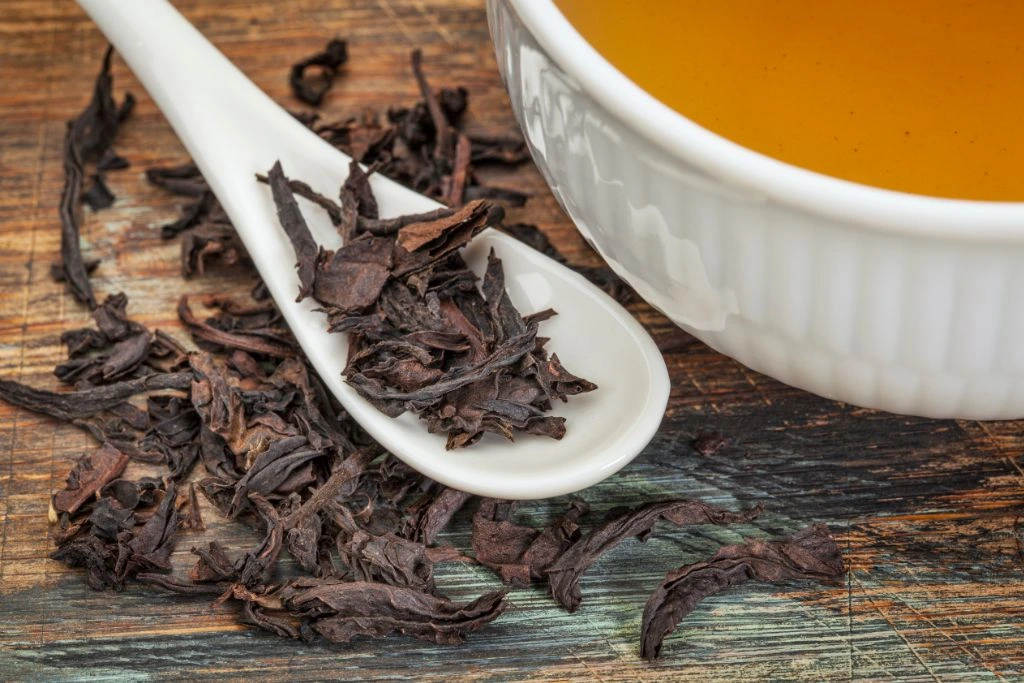
In contrast to the Tie Guan Yin tea’s light flavor, Wuyi sports a deep and smoky flavor. This is due to its high oxidation and mineral components. If you want to taste this tea, you must prepare your wallet, as it’s among the most expensive oolong teas in the world.
Gaoshan or High Mountain Oolong Tea
This oolong tea comes from Central Taiwan’s mountainous areas. It features lightly oxidized tea leaves that share close similarities with green tea. Its processing method produces a light and floral tea taste.
Milk Oolong Tea
Milk oolong tea isn’t oolong tea with milk. This oolong tea features a creamy and sweet taste, attributed to its location of growth, which is at a lower altitude than most oolong tea types. It also helps that this milk oolong tea is mostly harvested in spring.
You might ask, “What does oolong milk tea taste like? Oolong milk tea taste will depend on the tea type and its processing method. The taste varies depending on the tea master’s technique. Light oolong tea will highlight sweet and floral flavors. For darker ones, which undergo more oxidation, the taste leans more into the grassy or woody taste.
Oolong Milk Tea Benefits
Oolong teas are high in antioxidants and polyphenols (antioxidants that neutralize free radicals), which make them great for promoting bone health and tooth decay prevention.
Relieves Stress
Oolong tea is a great way to relieve stress. It can help you relax, sleep better and feel happier. Stress is a normal part of life and can be caused by work, family relationships, or just general mental health issues like anxiety or depression. If you’re feeling stressed out at the moment, consider brewing some oolong tea!
Oolong teas are made from leaves that have been dried for three days before being rolled into small balls (or tea balls). This process creates an abnormally high level of antioxidants that may help reduce your likelihood of developing certain types of cancer, which is why we always recommend drinking green tea instead!
Boosts Metabolism
Oolong tea is a great choice for people who want to lose weight. It has tons of antioxidants and other nutrients that boost metabolism, which makes oolong tea so effective at losing weight.
Oolong teas are often associated with increased energy levels. If you’re looking for an extra boost when it comes to getting through your day or even just trying to stay focused on the task at hand (like working out), this might be something worth considering!
Oolong teas are a good choice if you want to lose weight because their caffeine content is much lower than black or green teas. This means they won’t make you feel jittery or overexcited, which can happen when drinking too much caffeine.
Lowers Cholesterol Levels
Oolong tea contains antioxidants that can help lower cholesterol. These antioxidants are known as catechins, and they’re responsible for the heart-healthy benefits of oolong tea.
Oolong tea is a good choice to reduce your chances of developing heart disease or stroke. Many studies have shown that people who drink oolong regularly are less likely to develop these diseases than those who don’t drink at all. One study found a direct relationship between oolong tea consumption and cholesterol levels and found that oolong tea is the only tea type that can lower all lipid profile levels, especially L-HDL.
Improves Skin Health
Oolong tea is known to help improve skin health. It helps to remove dead skin cells, which can cause acne and prevent wrinkles. Oolong tea also reduces freckles, redness, dark circles under your eyes, and other signs of aging, such as fine lines and wrinkles around the eyes or mouth.
Oolong tea can help improve your skin by reducing the appearance of acne and other skin issues. The antioxidants in oolong tea also help to fight free radicals and prevent premature aging.
Offers Diabetes Protection
Oolong tea offers to those with diabetes protection. If you’re someone with diabetes, oolong tea is a great way to control your blood sugar levels and prevent diabetes. Oolong teas contain polyphenols, which have been shown to help lower insulin resistance in people with type-2 diabetes or prediabetes.
Combining polyphenols and catechins, like in oolong tea, can help reduce inflammation and oxidative stress, which may also benefit people with type-2 diabetes. If you have diabetes, talk with your doctor before adding oolong tea to your diet.
Protects the Heart
Oolong tea also contains antioxidants and flavonoids, which are essential for cardiovascular health. These compounds help prevent atherosclerosis, an inflammatory process that can lead to heart disease. Oolong tea also lowers blood pressure and reduces inflammation in the body.
Promotes Tooth and Bone Health
Oolong tea is high in fluoride, which helps prevent tooth decay and strengthen bones. Fluoride also helps to prevent osteoporosis.
Fluoride has been shown to have many benefits for your health, including:
- Preventing cavities by reducing the amount of demineralized plaque on teeth
- Promoting healthy gums and preventing gum disease
- Strengthening bones
Now that you know the benefits of oolong tea, I hope you’re ready to start drinking it in your daily routine. The best part is that it’s super easy to make and has a delicious flavor.
Oolong Tea Ingredients
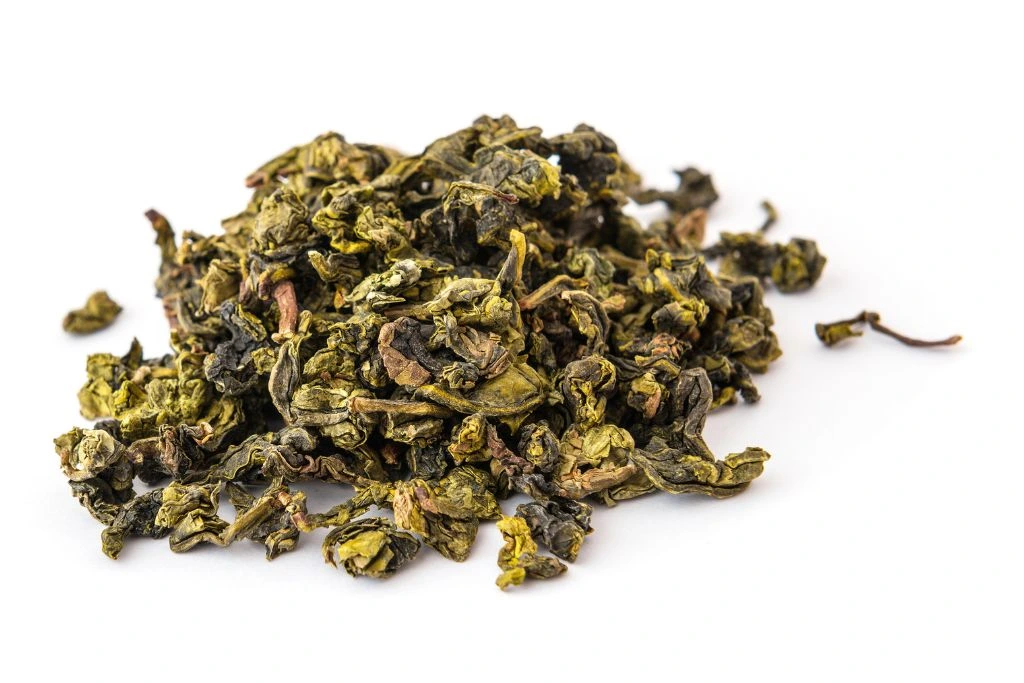
Yield: 2 cups
Preparation Time: 10 minutes
Cooking Time: 5 minutes
Here’s what you need
- Oolong tea leaves (4 tablespoons): You can choose from any oolong tea type mentioned above.
- Water (2 cups): Use filtered water so there aren’t impurities that will affect the taste and quality of your oolong milk tea.
- Milk (1 cup): For a creamier taste, you may use whole full-cream milk.
- Sweetener (to taste): You can use brown sugar or honey.
How to Make Oolong Milk Tea
Steep Your Oolong Leaves
Bring the water to a boil. Place your oolong tea leaves inside a tea infuser when it’s boiling. It has a rich, earthy taste and can be steeped multiple times to produce different flavors depending on the brewing method used. Allow it to steep for five minutes.
Heat Your Milk
While steeping your oolong tea, you can start warming your milk in the microwave. The heat should only be enough to warm the milk. It shouldn’t be boiling hot.
Add Sweetener
After steeping the tea, add the milk to the tea, and mix in your preferred sweetener.
Tips for Making Oolong Milk Tea
- Use high-quality oolong tea: The best flavor will come out if you use the best oolong tea, roasted to perfection. Choose your supplier carefully.
- Adjust sweetness: The beauty of making a homemade oolong tea recipe is that you can adjust the sweetness to your liking. You can leave out the sugar if you don’t like it too sweet.
- Add boba pearls: Make this drink even more exciting and flavorful by adding boba pearls!
FAQs
What are the side effects of oolong tea?
Oolong tea isn’t perfect. When consumed in excess, it can have various side effects (mainly from the caffeine content), including insomnia, palpitations, abdominal discomfort, and headaches. Consult your doctor before adding oolong tea to your diet.
How to improve the flavor of oolong milk tea?
The best way to improve the flavor is to directly boil the leaves in the water rather than brewing it. You can also enhance its taste by adding spices, like cinnamon. You can add boba pearls to add texture and a new dimension to your oolong milk tea.

